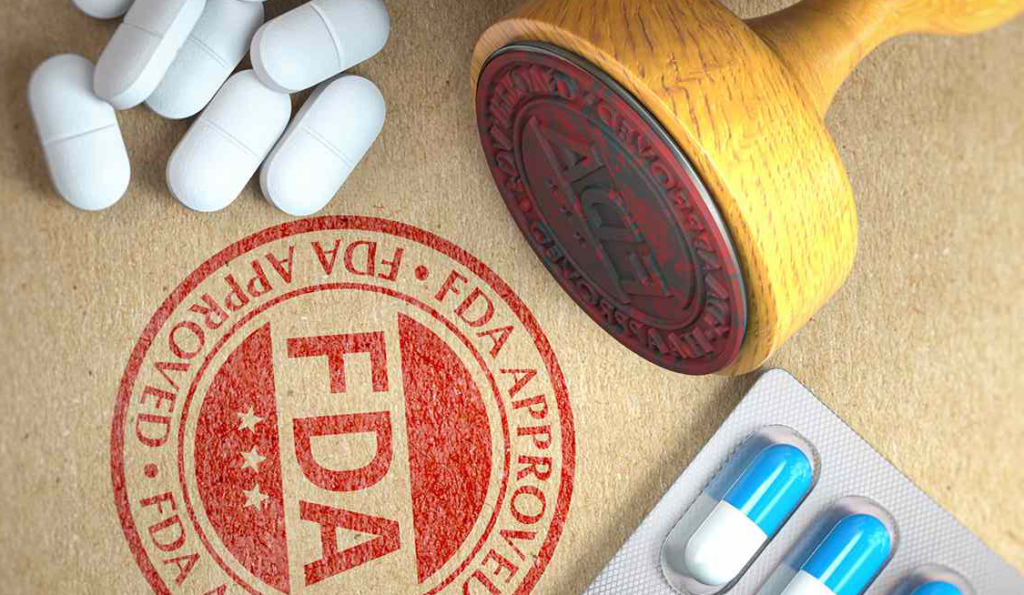
UNITED STATE (US)
The United State Food and Drug Administration is the regulatory body of the US responsible for protecting public health by ensuring the safety, efficacy, and security of human and veterinary drugs, biological products, and medical devices; and by ensuring the safety of our nation’s food supply, cosmetics, and products that emit radiation.
FDA defines medical devices under section 1 201(h)(1) of the Food, Drug, and Cosmetic Act. It says a medical device is an instrument, apparatus, implement, machine, contrivance, implant, in vitro reagent, or other similar articles, including components and accessory, which is:
- Recognized in the official National Formulary, or the United States Pharmacopoeia, or
any supplement to them, - Intended for use in the diagnosis of disease or other conditions, or the cure, mitigation, treatment, or prevention of disease, in man or other animals, or
- Intended to affect the structure or any function of the body of man or other animals, and which does not achieve its primary intended purposes through chemical action within or on the body of man or other animals and which does not achieve its primary intended purposes through chemical action within or on the body of man or other animals and which is not dependent upon being metabolized for the achievement of its primary intended purposes. The term “device” does not include software functions excluded under section 520(o).
As per the FDA, medical devices are classified as:

CLASS I MEDICAL DEVICE BELONGS TO:
- Low-risk medical device
- FDA approval is not required
- Exempted from 510 (k) approval
- Manufacturers need to self-certify and register their
device and company on the FDA site - Example: Bandage, toothbrush
- Time frame: 30-90 days
CLASS II MEDICAL DEVICE BELONGS TO:
- Moderate-risk medical device
- Some devices may require PMA approval (exceptions)
- FDA says, “devices for which general controls do not
offer sufficient assurance regarding the device’s
performance and safety” belong to class II. - FDA approval 510 (k) is required
- Example: Contact lens, catheter
- Time frame: 1-9 Months
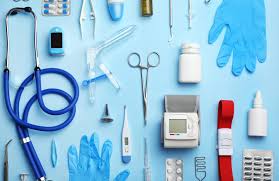

CLASS III MEDICAL DEVICE BELONGS TO:
- High-risk medical device, entirely novel device
- PMA approval is required
- FDA says “devices which sustain or support life or
implantation may cause injury or death” belong to
class III. - Example: Pacemaker, ventilators
- Time frame: Clinical trials – 9-36 Months
How RT PRO can help you in USFDA registration:
i ) Premarket notification 510 (k)
The Premarket Notification 510(k) pathway is the most common route when launching a medical device. All Class II and specific Class I devices require a 510(k). A 510(k) submission aims to provide the FDA with documented evidence showing that your medical device is substantially equivalent in terms of safety and effectiveness to a predicate device. IF YOUR MEDICAL DEVICE HAS ALREADY REACHED THE MARKET, RT PRO can guide you through the 510(k) clearance procedures. Our company specializes in medical device compliance, and our team includes knowledgeable consultants aware of the FDA submission process’s problems and how to avoid them. As a result, there is a reduced possibility that the FDA reviewers will ask for “Additional information” or “Refuse to accept” when we prepare and submit the 510(k) application. In addition, faster clearance means your product will soon be available for sale.
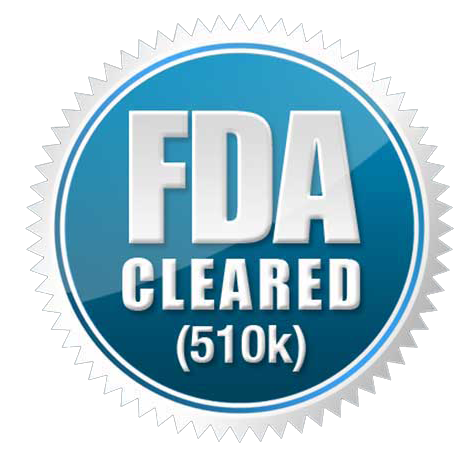
What we do? (we can use a road-type art here with different steps as different milestones)
1) Verify your predicate devices, FDA product code, and regulation number.
2) List all required tests, FDA advice, consensus standards, and clinical data.
3) Write a thorough gap analysis report to show how to submit a 510(k).
4) Prepare the FDA 510(k) application, submit it, and respond to inquiries after it has been
submitted.
Want a free consultation on 510(k)? Contact us. We won’t disappoint you, promise! I will put a form here.
ii ) FDA Premarket submission (PMA)
Any device that cannot provide substantial equivalence to a Class I, II, or III device through the 510(k) process must use the Premarket Approval (PMA) pathway. RT PRO can guide you through the PMA clearance procedures if your medical device has already reached the MARKET. Our company specializes in medical device compliance, and our team includes knowledgeable consultants aware of the FDA submission process’s problems and how to avoid them. As a result, there is a reduced possibility that the FDA reviewers will ask for “Additional information” or “Refuse to accept” when we prepare and submit the PMA application. In addition, faster clearance means your product will soon be available for sale.
What we do?
- Ensuring that a PMA is required for the device
- Selection of relevant guidance documents
- Apply for the PMA application
- Support each phase of the submission process as needed, including:
o Training the staff throughout the submission
o Making the pre-submission procedure easier.
o Designing of the clinical trials.
o Compiling each module of the PMA submission.
o Responding to post-submission questions from the FDA.
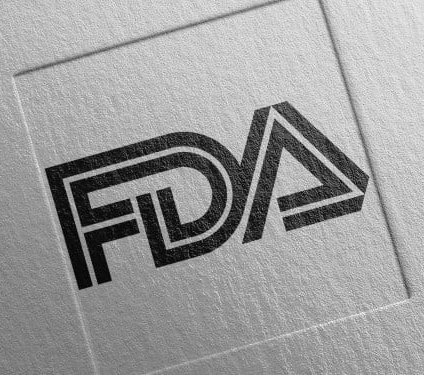
Want a free consultation on PMA? Contact us. We won’t disappoint you, promise!
iii ) FDA Q-SUBMISSION
Q-Submissions or Q-Subs are used to track various mechanisms for requesting FDA feedback.
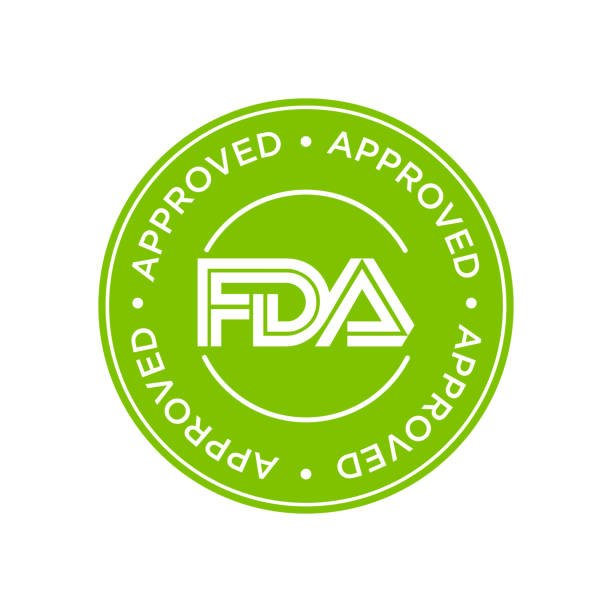
What we do?
- Planning the regulatory strategy
- Finding predicate devices
- Indications for use/intended use
- Clinical study design and protocols
- Proposed labeling
- Reprocessing, sterilization, and shelf life
- Existing/planned benchtop or biocompatibility testing
- Software/firmware and cybersecurity validation
- Human factors engineering process
Want a free consultation on Q-Submission, contact us. We won’t disappoint you, promise!